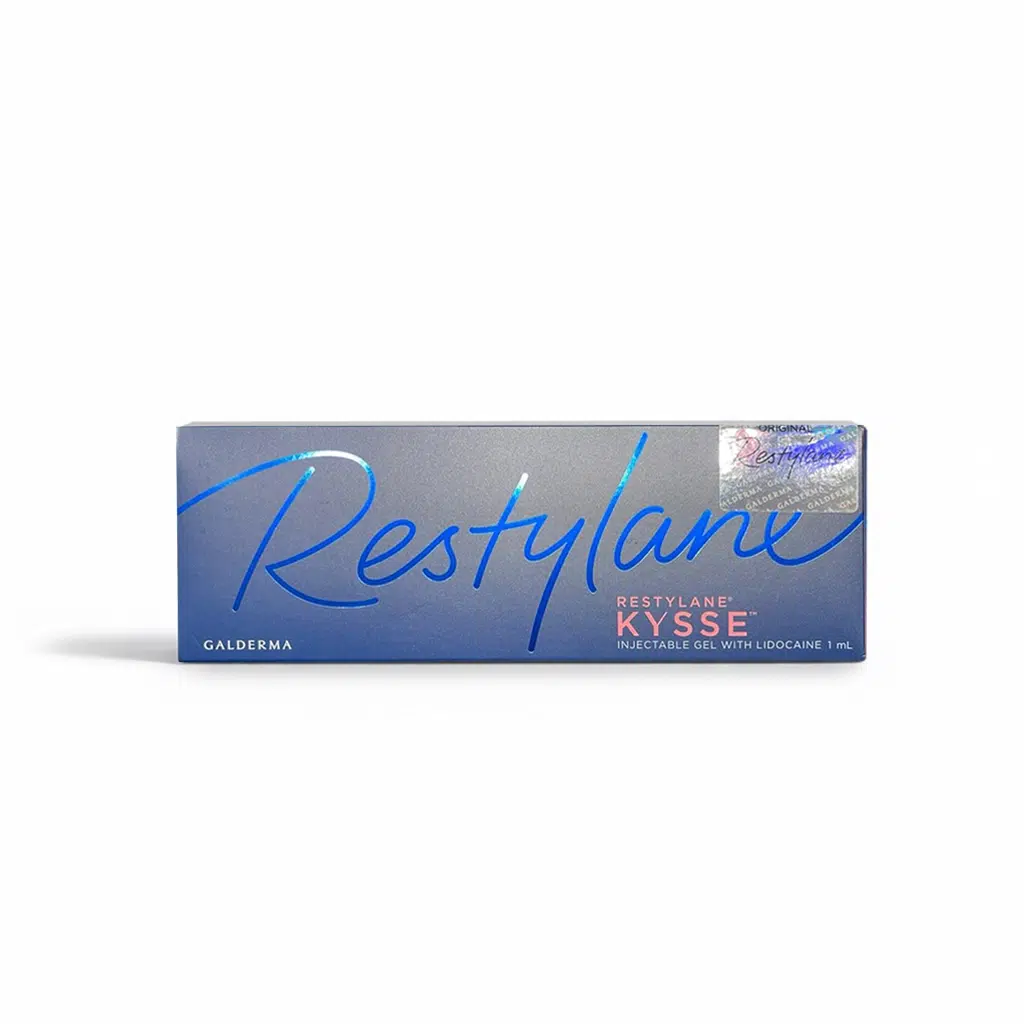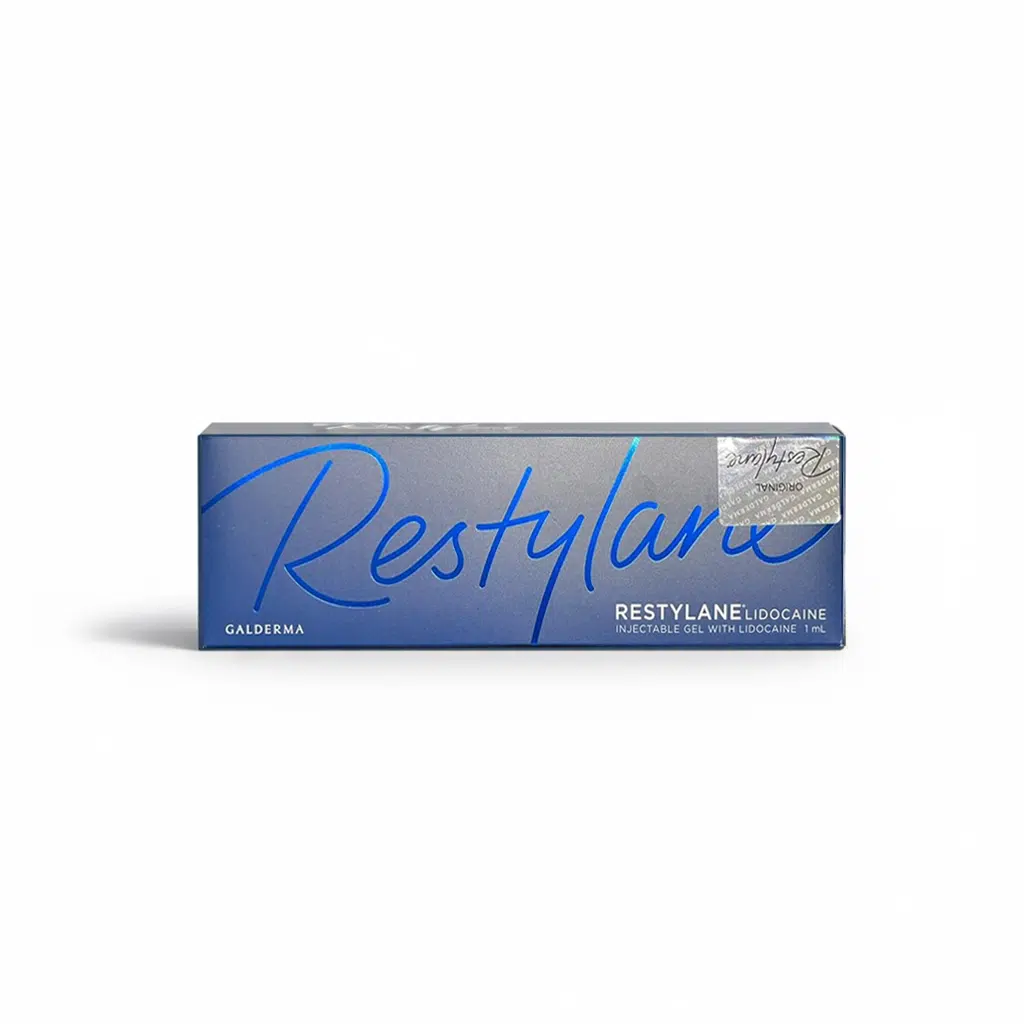- All Products (320)
- Body Sculpting (4)
- Cannulas and Needles (14)
- Dermal Fillers (185)
- Biostimulators (8)
- HA Dermal Fillers (113)
- Korean dermal fillers (25)
- Polynucleotides (9)
- Skinboosters (12)
- Exosomes (1)
- Eyelash Enhancers (1)
- Fat Removal (2)
- Mesotherapy (23)
- Orthopedic Injections (11)
- Peels and Masks (22)
- PRP Kits (1)
- Skincare (26)
- Threads (30)
- ALIAXIN® (6)
- ALIDYA™ (1)
- BCN (12)
- BELLAST® (3)
- BELOTERO® (8)
- BIOMEDICO (3)
- BIOREPEELCL3® (1)
- BRAUN (1)
- CAREGEN (2)
- CINGAL® (1)
- CRESPINE® (1)
- CROMA (4)
- CYTOCARE (4)
- DERMALAX™ (3)
- DESIRIAL® (2)
- DUROLANE® (1)
- EJAL (1)
- ELLANSÉ™ (2)
- EUFLEXXA® (1)
- EXOJUV (1)
- FILLMED® (10)
- FILORGA® (6)
- HArmonyCA™ (1)
- HYACORP (5)
- HYALGAN® (1)
- HYMOVIS® (1)
- INTRALINE® (27)
- JALUPRO® (5)
- JUVÉDERM® (12)
- KARISMA (1)
- LANLUMA (1)
- LEMONBOTTLE (1)
- MEDIDERMA® (27)
- MESO-RELLE® (2)
- MESOESTETIC® (2)
- MONOVISC® (1)
- NEAUVIA™ (11)
- NEURAMIS® (1)
- NITHYA (3)
- NUCLEOFILL™ (8)
- ORTHOVISC® (1)
- PERFECTHA® (6)
- PLASMOLIFTING™ (1)
- PLINEST® (5)
- PROFHILO® (3)
- PROSTROLANE® (1)
- PRX-T33® (1)
- RADIESSE® (3)
- RAINBOW (7)
- REFINE (3)
- REJURAN® (3)
- RENEFIL (3)
- RESTYLANE® (10)
- REVANESSE® (6)
- REVOFIL (9)
- REVOLAX™ (3)
- SAYPHA® (6)
- SCULPTRA® (1)
- SESDERMA® (9)
- SILHOUETTE (3)
- SOFTFIL® (6)
- STYLAGE® (19)
- SUNEKOS® (4)
- SUPARTZ® (1)
- SYNVISC® (2)
- TEOSYAL® (13)
- THERASET® (1)
- ULTRA V® (1)
- VISCODERM® (2)
- ZO® (3)
Cannulas and Needles
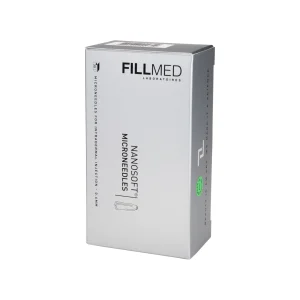
Manufacturer: Laboratoires FILLMED Pack Size: 30/needles Fillmed…
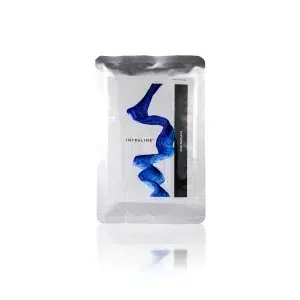
Manufacturer: Bohus Bio Tech AB Pack…

Manufacturer: Biotekne Active Substance(s): INDIVIDUALLY STERILIZED…

Manufacturer: Biotekne Active Substance(s): INDIVIDUALLY STERILIZED…
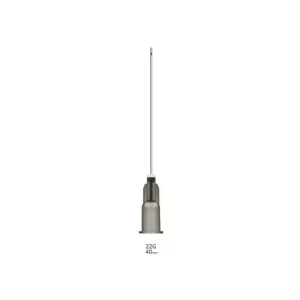
Manufacturer: Soft Medical Aesthetics Active Substance(s):…
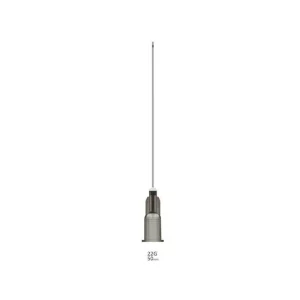
Manufacturer: Soft Medical Aesthetics Active Substance(s): NOT…
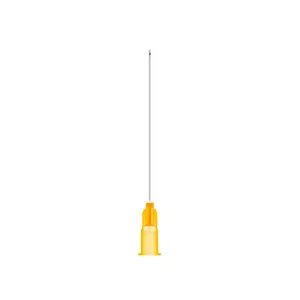
Manufacturer: Soft Medical Aesthetics Active Substance(s): NOT…
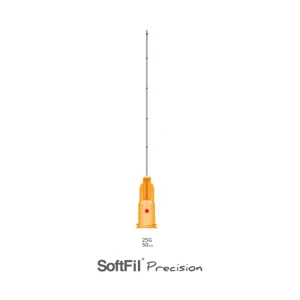
Manufacturer: Soft Medical Aesthetics Active Substance(s): NOT…
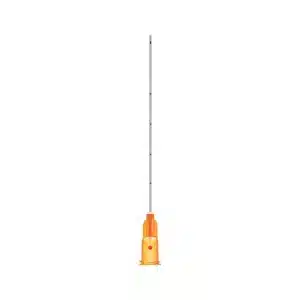
Manufacturer: Soft Medical Aesthetics Active Substance(s): NOT…
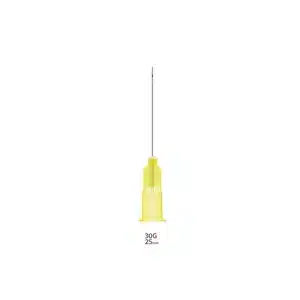
Manufacturer: Soft Medical Aesthetics Active Substance(s): NOT…
What Are Blunt-Tipped Cannulas Used For?
Blunt-tipped cannulas are specialized injection tools, typically one to two inches long, that are commonly used to deliver dermal filler products like SOFTFIL® PRECISION into the dermis. Unlike sharp needles, a cannula needle has a rounded, flexible tip designed to glide smoothly under the skin, minimizing trauma and discomfort. Many practitioners prefer to buy cannulas and needles together as part of their medical supplies, ensuring they have the right accessories for each procedure.
During a dermal filler cannula treatment, a tiny needle is first used to create an entry point for the cannula. This small puncture allows the cannula to move beneath the skin safely. Once inserted, the filler cannula can be maneuvered to reach multiple treatment areas without requiring additional punctures, making the process more efficient and less painful for the patient. Cosmetic practitioners often combine cannulas and needles in their practice to optimize precision and safety.
After the entry point is established, the cannula is gently inserted and used to place precise amounts of filler products along key facial areas, such as the cheeks, jawline, and lips. By sliding the cannula along the periosteum, practitioners achieve smooth and natural results. The entire process usually takes just a few minutes. If you’re looking to buy dermal filler cannulas at wholesale price, Medica Depot offers high-quality medical needles, surgical cannulas, and other equipment designed for professional use.
Cannulas vs. Needles for Dermal Fillers
When comparing cannulas vs. needles, one of the most significant differences lies in their design and impact on the skin. Since cannulas are longer than traditional hypodermic needles, injectors can reach several treatment areas from a single entry point. This minimizes trauma, reduces bruising, and allows for a more seamless application of dermal filler products. Many practitioners consider filler cannulas an essential upgrade when purchasing supplies like syringes, needles, and cannulas for aesthetic treatments.
Using a cannula needle provides tactile feedback, allowing practitioners to feel exactly where the dermal filler is being placed. This improves precision and lowers the risk of intravascular injection. In contrast, needles penetrate the skin directly and are cut on four sides, which increases the likelihood of tissue trauma. Patients treated with piercing needles or standard medical needles often experience more swelling and discomfort.
Research has shown that needles carry up to six times the risk of causing a vascular occlusion compared to cannulas. Additionally, with repeated use, hypodermic needles lose effectiveness and may require more force, wasting product with each change. On the other hand, surgical cannulas maintain performance throughout the procedure, reducing waste and enhancing results. For practitioners looking to buy cannulas and needles, it’s best to stock both to balance precision and efficiency in treatments.
How Safe Are these Methods for Dermal Fillers?
Safety is one of the main reasons many practitioners now prefer filler cannulas over traditional filler needles. Blunt-tipped cannulas lower the incidence of vascular occlusion (VO) by at least 70% compared to needles dermal injections. They also reduce bruising, swelling, and patient downtime because fewer punctures are required. For many professionals, investing in medical needles, surgical needles, and dermal filler cannulas is part of maintaining a reliable health system of safe injection practices.
However, while cannulas have a lower risk overall, if a complication does occur, it may be more severe. For example, if a cannula needle enters a blood vessel in high-risk areas (jawline, nose, or nasolabial folds), the filler can travel further along the lumen, making the complication more dangerous. This is why both needles and cannulas should always be used by trained, experienced injectors.
Fortunately, with the right equipment, accessories, and supplies, including surgical cannulas and medical needles, both methods are considered safe and effective when handled by skilled practitioners. Whether you prefer piercing needles, filler cannulas, or a combination of both, the key lies in professional training and quality products.
What to Expect With this Application Method
Before starting the procedure, the practitioner applies a numbing cream to the treatment area to minimize discomfort. Next, a small needle creates the entry point, reducing the need for multiple punctures. The cannula is then inserted and guided beneath the skin, often along the superficial musculoaponeurotic system (SMAS). This allows precise placement of dermal filler products, improving natural contours and restoring volume.
The injector may repeat this process a few times until the right amount of dermal filler has been delivered. The combined use of cannulas and needles ensures the right balance of precision and safety. Patients can expect natural, undetectable results with minimal downtime. Professionals who buy cannulas and needles together often achieve the best outcomes, as each tool plays a complementary role.
Whether you’re shopping for syringes, accessories, surgical needles, piercing needles, or filler cannulas, always choose high-quality medical products designed for professional use. The right supplies and equipment can make all the difference in safe, effective, and long-lasting aesthetic results.
Make Your Treatments Safer by Using Microcannulas From Medica Depot
Cannula injections are ideal for facial filler products treatments, particularly for areas like the tear trough and lips. They can also cover large areas (using linear threading) with ease and cause less trauma, which leads to faster recovery.
When combined with the proper technique and sourced from a reliable manufacturer, these injections can easily help cosmetic practitioners get the best results, supplies, and set their practice apart from competitors.
If you’re looking for high-quality yet affordable cannulas for filler procedures, we can help you find the exact cannula needle size and dermal filler type you’re looking for!
What Type Is Used for Fillers?
A 25-gauge cannula is typically used to inject filler products into the face because it’s safer and easier to control. However, some medical professionals use different-sized cannulae for specific sections of the face, such as a 30-gauge one for the nasolabial folds.
Frequently Asked Questions
What Is Best for Cheek Fillers?
A 27-gauge cannula combined with a 25-gauge needle is typically best for cheek fillers.
Which is Safer for Filler?
A cannula is considered safer for filler because it isn’t as sharp as a needle. This reduces the chances of perforating arteries or injecting the filler into them.
What Is the Riskiest Area for Filler?
The forehead is the riskiest area for filler because the blood vessels are close to the skin here and are more likely to get damaged.



